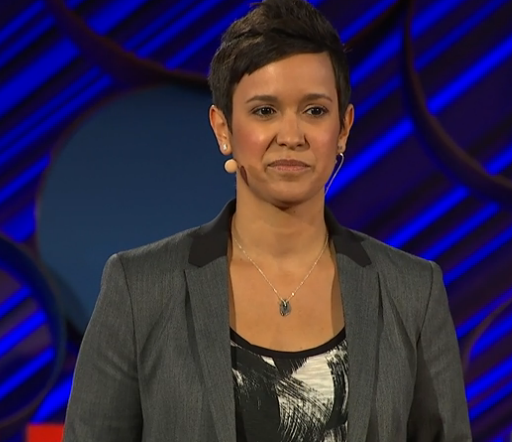They also showed them as very much dead -- unwillingly stripped of their skin.
同样,也可以画得很逼真--被硬剥去外皮。
Disembodied limbs were often posed in literal still lives.
脱离躯干的肢体通常作为静物写生的对象。
And some illustrations even included pop culture references.
一些插图甚至还能看到流行文化的影子。
This is Clara, a famous rhinoceros that was traveling Europe in the mid-1700s,
这是克莱拉,18世纪中叶游历欧洲的明星犀牛,
at a time when seeing a rhino was an exciting rarity.
那时犀牛非常罕见。
Including her in this illustration was akin to celebrity sponsorship today.
把它画进画里就相当于今天找明星代言。
The introduction of color then brought a whole new depth and clarity to anatomy that made it stunning.
色彩的应用带来全新的清晰度和层次感,令解剖插画焕然一新。

By the early 20th century,
20世纪初,
the perfect balance of science and art had finally been struck with the emergence of medical illustrators.
科学与艺术的完美平衡因医学插画家的出现而实现了。
They created a universal representation of anatomy
他们创造了一套通用解剖表现手法,
something that was neither alive nor dead, that was free from those influences of artistic culture.
无关生死,也不受艺术文化的影响。
And this focus on no-frills accuracy was precisely for the benefit of medical education.
这种毫无夸张的准确性使医学教育从中受益,
And this is what we get to study from today.
这也是我们如今使用的教学材料。
But why is it that medical illustration -- both past and present -- captures our imaginations?
但为何医学插画从古至今都能激发我们的想象力呢?
Now, we are innately tuned into the beauty of the human body.
我们天生懂得欣赏人体之美。
And medical illustration is still art.
医学插画依然是静态艺术。












